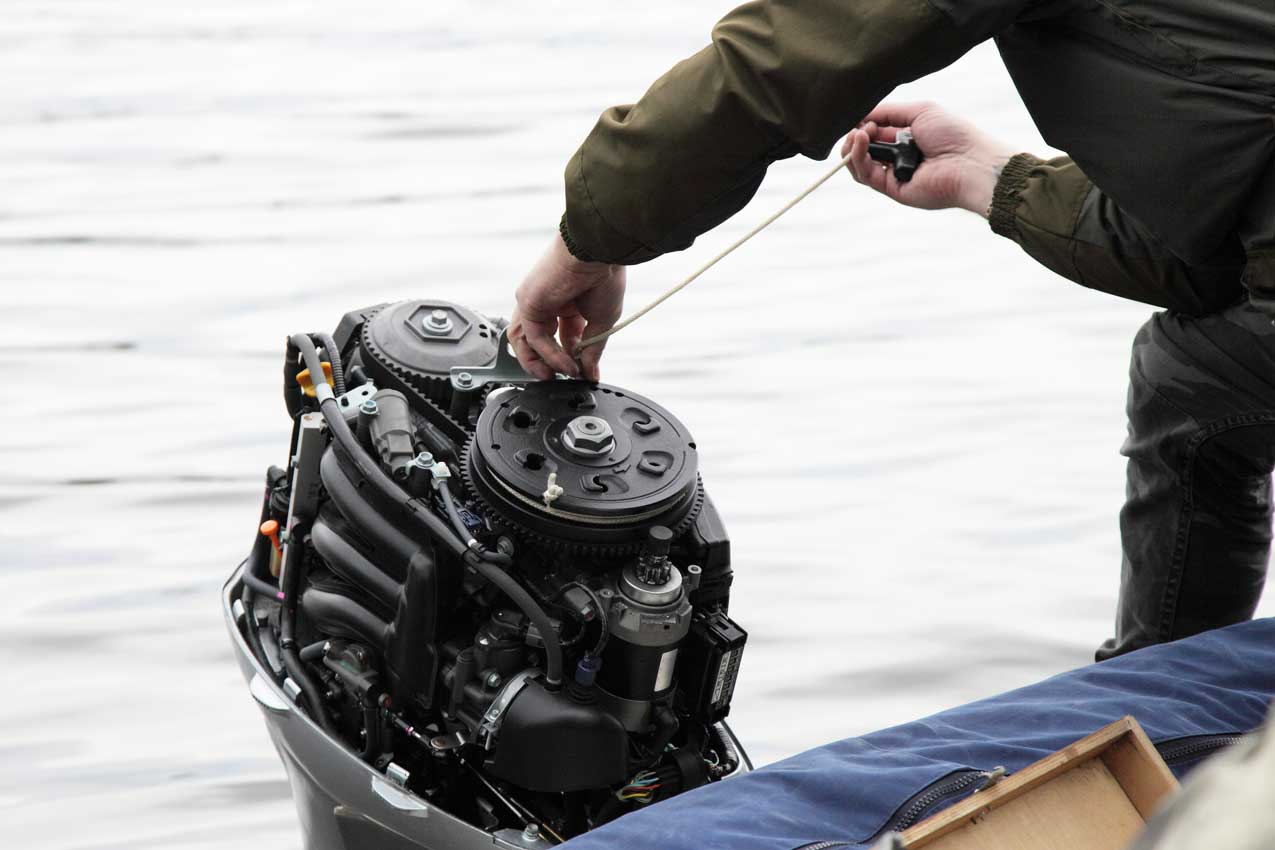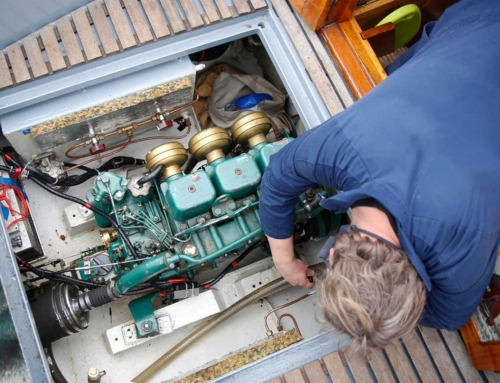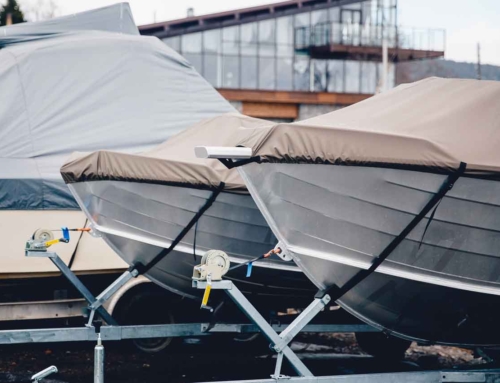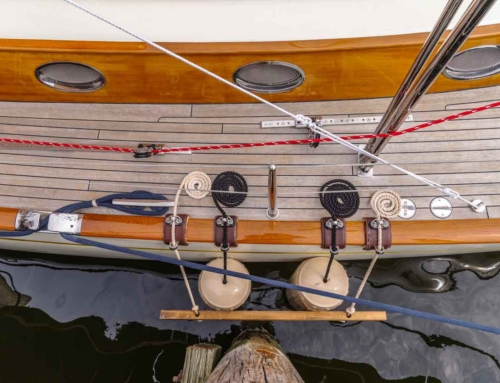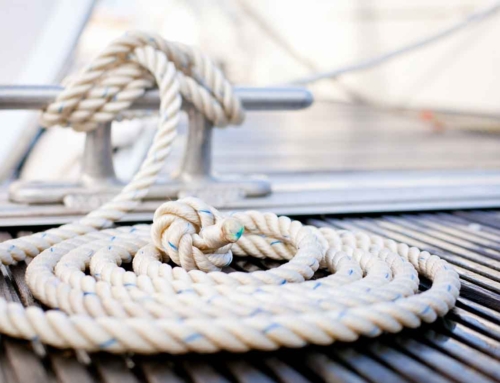Owning an outboard motor is a major investment, and if you want to get the most out of it, proper maintenance is key. At Crate Marine Belleville, we know that regular upkeep can help your outboard motor last well beyond 1,000 hours, saving you time and money in the long run. Whether you’re a weekend boater or a seasoned angler, following these maintenance tips will keep your motor running smoothly for years to come.
Why Outboard Motor Maintenance is Crucial
Neglecting your outboard motor can lead to costly repairs, breakdowns, and even the need for premature replacement. Regular maintenance ensures:
- Improved Performance – A well-maintained motor runs more efficiently and delivers better fuel economy.
- Longer Lifespan – Routine checks and servicing can extend your engine’s life well beyond 1,000 hours.
- Fewer Repairs – Preventative maintenance helps you avoid unexpected breakdowns and costly repairs.
- Safer Boating – A reliable motor reduces the risk of accidents and keeps you safe on the water.
1. Stick to a Regular Maintenance Schedule
Consistency is key. Follow the manufacturer’s maintenance schedule and keep records of all services. General guidelines include:
- After Every Trip: Flush the engine, check for debris, and inspect for damage.
- Every 100 Hours: Change the oil, replace fuel filters, and inspect the propeller.
- Annually: Perform a full-service check, including spark plugs, battery inspection, and fuel system cleaning.
2. Flush the Engine After Every Use
Salt, dirt, and debris can cause buildup inside your engine’s cooling system, leading to overheating and corrosion. Flushing your motor after each use helps remove contaminants. Here’s how:
- Attach a garden hose to the motor’s flushing port.
- Run the engine for about 10 minutes to allow water to circulate and clear out debris.
- Check water flow to ensure there are no blockages in the cooling system.

3. Use High-Quality Fuel and Stabilizers
Poor-quality fuel can cause buildup in your engine, leading to poor performance and damage. To keep your motor running smoothly:
- Use ethanol-free fuel whenever possible to prevent fuel system issues.
- Add a fuel stabilizer if storing your boat for extended periods.
- Replace old fuel every 30 days to prevent varnish buildup in the carburetor.

4. Change the Oil and Filters Regularly
Oil is the lifeblood of your engine. Regular oil and filter changes prevent wear and tear on internal components. Follow these steps:
- Drain old oil and replace it with manufacturer-recommended marine-grade oil.
- Replace the oil filter to ensure clean lubrication.
- Dispose of used oil properly at a recycling center or marina service station.
5. Inspect and Replace Spark Plugs
Worn-out spark plugs can cause hard starts, rough idling, and reduced power. Checking and replacing them as needed ensures optimal performance.
- Look for corrosion, deposits, or wear on the spark plugs.
- Replace them annually or every 100 hours for best results.
- Use manufacturer-recommended spark plugs to ensure compatibility and performance.
6. Keep the Propeller in Top Shape
A damaged propeller can reduce efficiency and put a strain on your motor. Inspect your propeller regularly and:
- Check for dents, cracks, or damage that may affect performance.
- Remove the fishing line or debris wrapped around the prop shaft.
- Grease the propeller shaft to prevent corrosion and seizing.
7. Monitor the Cooling System
An overheating engine can lead to severe damage. Make sure your cooling system is functioning correctly by:
- Checking the water pump impeller annually for wear.
- Ensuring a steady water stream is coming from the telltale hole.
- Cleaning any debris blocking water intakes.
8. Protect Your Motor During Off-Season Storage
Proper storage is essential for maintaining your motor’s longevity. If storing your boat for the winter or an extended period:
- Fog the engine with a corrosion inhibitor to protect internal components.
- Disconnect the battery and store it in a dry, cool place.
- Drain the fuel system or add a stabilizer to prevent fuel degradation.
- Store the motor upright in a dry area to prevent water pooling.
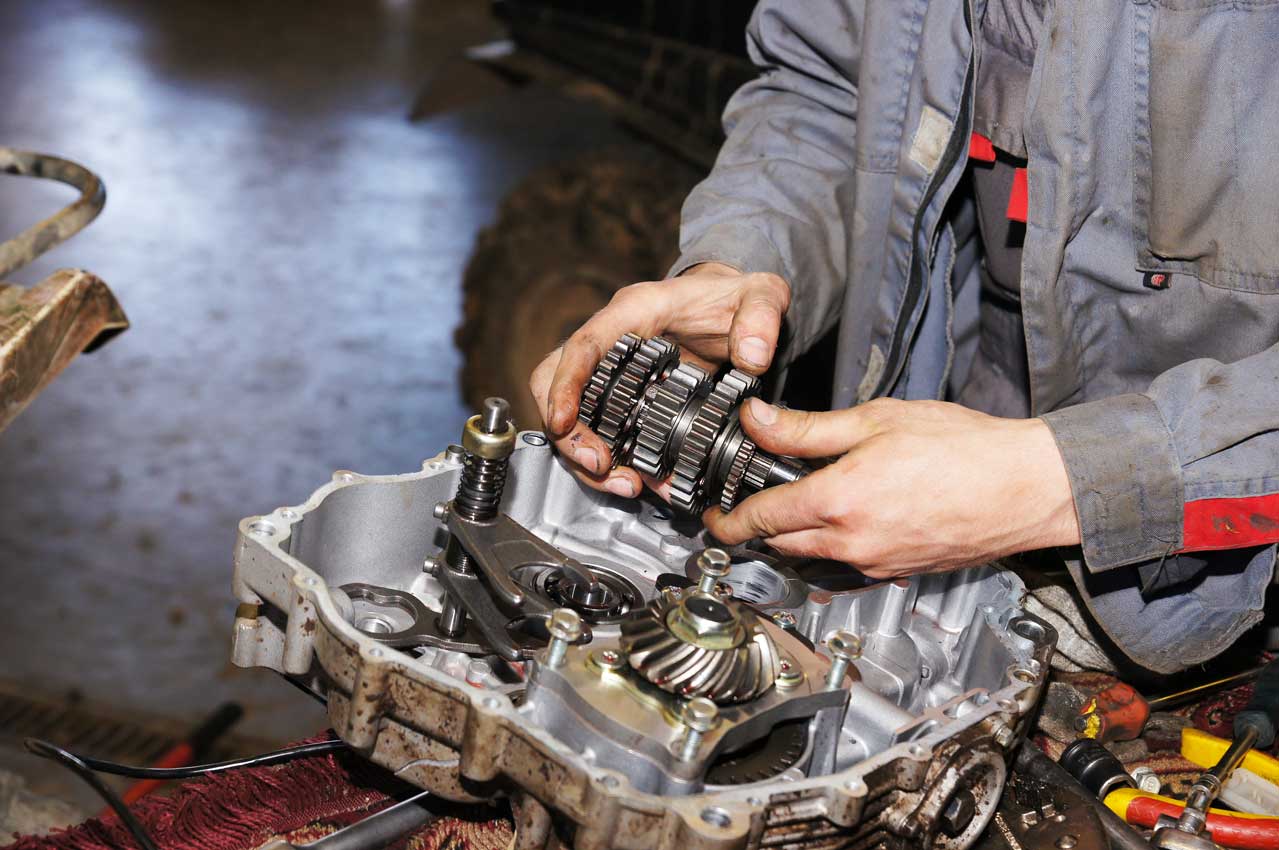
9. Pay Attention to Warning Signs
Don’t ignore small problems—they can turn into major repairs. Be on the lookout for:
- Hard starts or rough idling – Could indicate fuel, spark plug, or compression issues.
- Unusual noises – Knocking or grinding sounds may signal internal damage.
- Loss of power or poor acceleration – May be caused by a clogged fuel system or damaged propeller.
- Excessive smoke – Could indicate oil or fuel mixture problems.
10. Get Professional Maintenance from Crate Marine Belleville
While DIY maintenance is essential, having your outboard motor inspected by professionals ensures optimal performance and longevity. At Crate Marine Belleville, our expert technicians provide full-service maintenance, including:
- Comprehensive inspections
- Oil and filter changes
- Propeller and cooling system checks
- Battery and electrical system diagnostics
Final Thoughts: Keep Your Outboard Motor Running for Years to Come
With proper care, your outboard motor can last well beyond 1,000 hours. By following these maintenance tips and scheduling professional service at Crate Marine Belleville, you’ll enjoy smoother rides, better fuel efficiency, and fewer breakdowns.
Ready to keep your outboard motor in top shape? Contact us today to schedule a service appointment!


